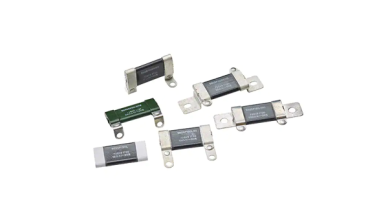FROM THE AIR TO THE TOP: THE HISTORY OF TELEVISION

National Television Day is celebrated on the 21st November. This holiday celebrates television as a symbol for globalization and communication, which shapes our beliefs, values, and daily lives. The journey through British television history is broken down into decades. We start with the first set and end with the most modern technology.
The 1920s
John Logie Baird, a Scottish engineer, demonstrated the first functional television system publicly on the 26th January 1926. This marked the start of television. His “Televisor”, a mechanical television system, beat two other electronic television systems in America.
The 1930s
In the 1930s, a new transmitter made it possible to have both an auditory and visual component on television. In 1931 Baird broadcast the Derby. This was the first outside broadcast. The Man with a Flower In His Mouth, the first British TV play, followed. Despite the bright future for television, British stations were shut down on September 1, 1939.
The 1940s
The BBC began broadcasting on 7th June 1946. The London Olympics were the first major event that was shown in the UK. However, Britain was quiet after the war. However, in the United States black-and-white televisions became more common and, by the end 1940s, colour television was being created.
The 1950s
A series of TV transmitters was built throughout the country by 1955 so that 95% of the UK could receive BBC TV. The first commercial television (ITV), was broadcast in London that year. There were TV programs in nearly every genre by the end of 1950s.
The 1960s
Telstar created the first satellite television link across the Atlantic Ocean in 1962. Nearly every household had a TV by this point, and many people tuned in to Coronation Street. This soap opera, which has been running for over 50 years, is the longest-running in history.
The 1970s
Teletext first appeared on televisions in 1970. Teletext was a service that provided instant information on everything from the weather to current political events, right in the living rooms of people. In 1978, the first video cassette recorder/player was introduced. This revolutionized the home theatre industry.
The 1980s
The introduction of Channel 4 and new ITV contracts in 1982 led to rapid growth in terrestrial television in the first half 1980s.
The 1990s
BskyB, a satellite television company, was established in November 1990. By the end of the decade, BskyB had started transmitting digital TV via a new generation satellites under the name Sky Digital.
The 2000s
In the second half of the ’00s, HD broadcasts were first launched. In 2006, the BBC began broadcasting HDTV (high definition television) on BBC HD. The BBC also introduced iPlayer in 2007 to allow viewers to catch up on old programming. Whitehaven was the area that made the transition from analogue TV to digital terrestrial transmissions in 2007. The rest of the country followed suit by 2012.
The 2010s
The 2010s were the first decade that viewing devices other then televisions (such tablets, smartphones and computers) have been more popular than traditional TV sets.
The 2020s
We’ve seen many innovations in the television industry over the past century, and more are expected. Finecast’s OTT services show that advertising has also changed. Streaming TV advertisements are often known as over-the-top ads. These advertisements are shown to viewers during video. Advertising on these services makes sense as more people turn to streaming video services such as Netflix and Prime to view TV shows and movies, rather than tuning in to cable or broadcast networks.





